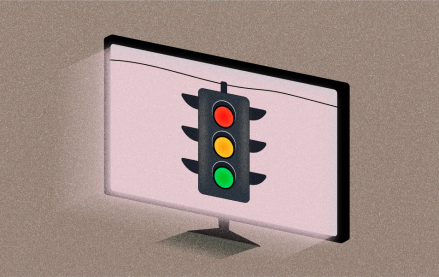Google confirmed yesterday its purchase of Next New Networks, the Web video production company, and an expansion of its effort to create high-quality programming on YouTube.
The acquisition is also an admission by Google that its next act as a huge media company won’t be by computers alone. To be sure Google will continue to focus on building huge tech platforms, but the real money in media continues to be driven by humans rather than machines. This is of critical importance to YouTube as it looks to capture brand dollars. The fact remains big brands don’t want to appear next to pirated content and low-quality user clips.
The YouTube purchase had a legion of detractors like Mark Cuban who said Google would never make money off it. That turned out to be untrue. YouTube has built a tidy business, thanks in large part to building a sales force. Its experiments in more automated ad systems have been mixed. See for instance its bet on overlay ads.
YouTube has also dipped its hands in expanding its rosters of original talent. It used to be that a Web video star would move to a larger platform like TV in order to make real money. Now, however, YouTube’s most popular creators can easily do quite well. Some earn six figures for deals with brands. Brands have linked up with many YouTubers, both directly through Google and with online talent agencies, in order to run brand programs. Look for instance at GE’s “Tag Your Green” campaign run via Howcast.
Brands love those type of campaigns, but they also take a heavy dose of legwork. The knock on Google’s success in the very automated world of search advertising is that search is bought, not sold. All other advertising is bought. That takes lots of people. Google came close to making a bigger move in this direction with its courtship of Groupon. That would have added thousands of sales people to Google’s payroll and a fairly low-tech platform that’s apparently cracked the code on local online advertising through great business design and execution rather than a super algorithm.
The idea behind YouTube Next is that it can deploy a team of experts to help up-and-coming talents improve. This has obvious benefits for Google in upping the quality of programming and offering it a readymade outlet to link up creators with advertisers. Next New, in business since 2007, did this by incubating original Web video talent like Barely Political.
Google will continue to insist it isn’t a media company, of course. That’s nothing more than a semantic debate at this point. There is little debate that Google is moving far beyond technology as it becomes a force beyond the direct response world of text links. That was always inevitable.
More in Media

What publishers are wishing for this holiday season: End AI scraping and determine AI-powered audience value
December 22, 2025
Publishers want a fair, structured, regulated AI environment and they also want to define what the next decade of audience metrics looks like.

Media giant Essence launches a marketplace for Black women-led brands
December 22, 2025
Essence has launched WeLoveUs.shop, a new online marketplace dedicated to Black women-led brands.

In Graphic Detail: The state of AI referral traffic in 2025
December 22, 2025
The stats reveal a new audience pipeline forming outside of traditional search and social platforms.





